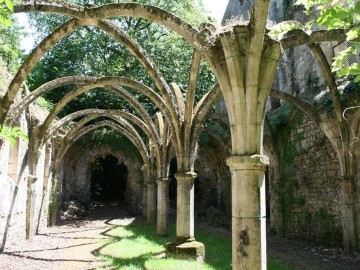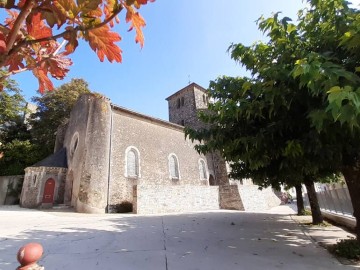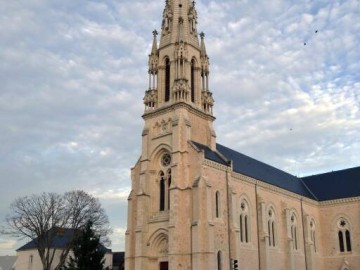Return to the list
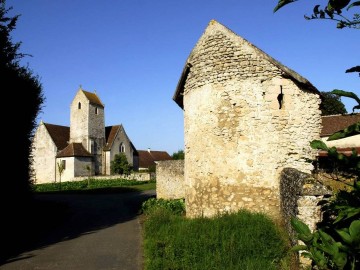
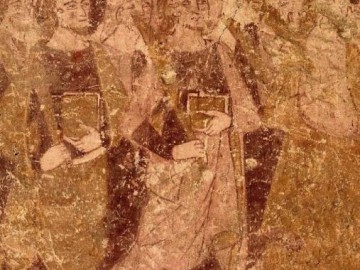
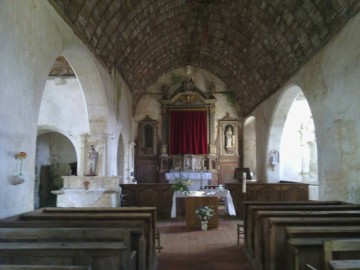
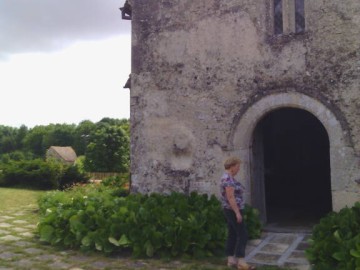
EGLISE SAINT DENIS - VEZOT
Vezot lives on its architectural past especially its Romanesque church of Saint denis whose frescoes are among the most important in Saosnois due to their pictorial interest.
Presentation of: EGLISE SAINT DENIS - VEZOT
Vezot lives on its architectural past especially its Romanesque church of Saint denis whose frescoes are among the most important in Saosnois due to their pictorial interest.
Opening times
Opening days: Demande des clés en mairie
Site theme
Church
Architectural style of the site
Medieval
Free
yes
Visits
Free tours (groupes): Yes
Visit languages
Visit: French
Billboards: French
Access map, location
Road (national / local): 2 Km
Further information
Groups accepted
Pets not allowed








